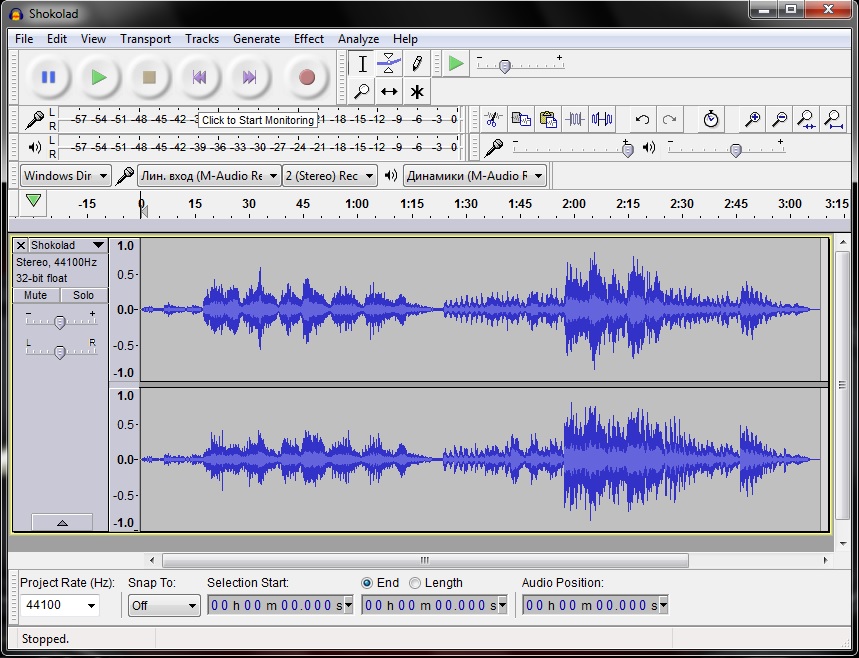The appearance of cinematic noise simultaneously with the image of its source is artistically expedient in all cases where it supplements this image. Sound gives the video a new level and is actively included in the formation of the picture in accordance with the scenario.
For example, the viewer hears a completely new sound that was previously unknown. This situation is typical of fantastic films and horrors. An alien, machine or a cartoon non-human character makes a sound. If a viewer does not see the source of the noise, he (or she) will not understand what is happening on the screen.
The viewer should form a strong connection between sound and its source. Only in this case, when a sound (already familiar) appears, the desired image will appear in the brain due to the formed association.

Also, such a relationship of sound with the image is useful in cases where already known sounds need to be firmly associated with the subject or actor. For example, a character has a leg injury and uses a walking stick when walking. At the first exposure, show the walking stick close-up, accompanying walking with appropriate cinematic noise.
For example, a character has a leg injury and uses a walking stick when walking. At the first exposure, show the walking stick close-up, accompanying walking with appropriate cinematic noise. In the following scenes, the sound of the stick hits will create the necessary associations and the viewer will present the walking character even if he is not on the screen.
Best of all this method works if, during the first exposure, the stick shots sounds in silence. In other words, there are no other sounds that distract the viewer. It is also important that the sound should be as special and memorable as possible. The above is primarily applicable to serious cinematographic works. This does not work for short videos and ads.
By the way, when scoring any actions, it is not necessary to record natural sounds in natural conditions. For example, the friction of tires on the asphalt is well simulated by rubbing a leather purse on the same asphalt. Synthesized sounds are even more powerful. In this case, the sound designer can vary the timbre and amplitude, and also add effects in order to obtain a unique and memorable sound.
Also, interesting results are given by a combination of methods: processing of natural sounds by electronic processors. In this case, you can get truly unique sound samples. For example, we record the fall of an ordinary handful of stones on a tile. By adding low frequencies and powerful reverb we get an imitation of a mountain avalanche or an eruption.
It can not be said that I completely agree with the author’s opinion presented in the article, but the rational grain here is definitely present. Cinematic noise uniquely adds realism to the image and enhances the impact on the viewer.
Deep thoughts, I need to read this later more carefully on a fresh head 🙂
I am a beginner filmmaker and, honestly, I have not paid much attention to cinematic noise before. I just recorded them during the shooting. Your article motivates me to reconsider the approach to scoring. Thank you!
I would like to receive a couple of personal consultations regarding the scoring of the film. How about this?
Thank you for the feedback! See the “contact” page.
good thoughts, but I think that the movie is sliding into oblivion. more and more amateurs in this field and prospects are unclear
absolutely agree, but where to get the budget for serious shooting and post-production, when it is not known whether an amateur film will hit the screens?